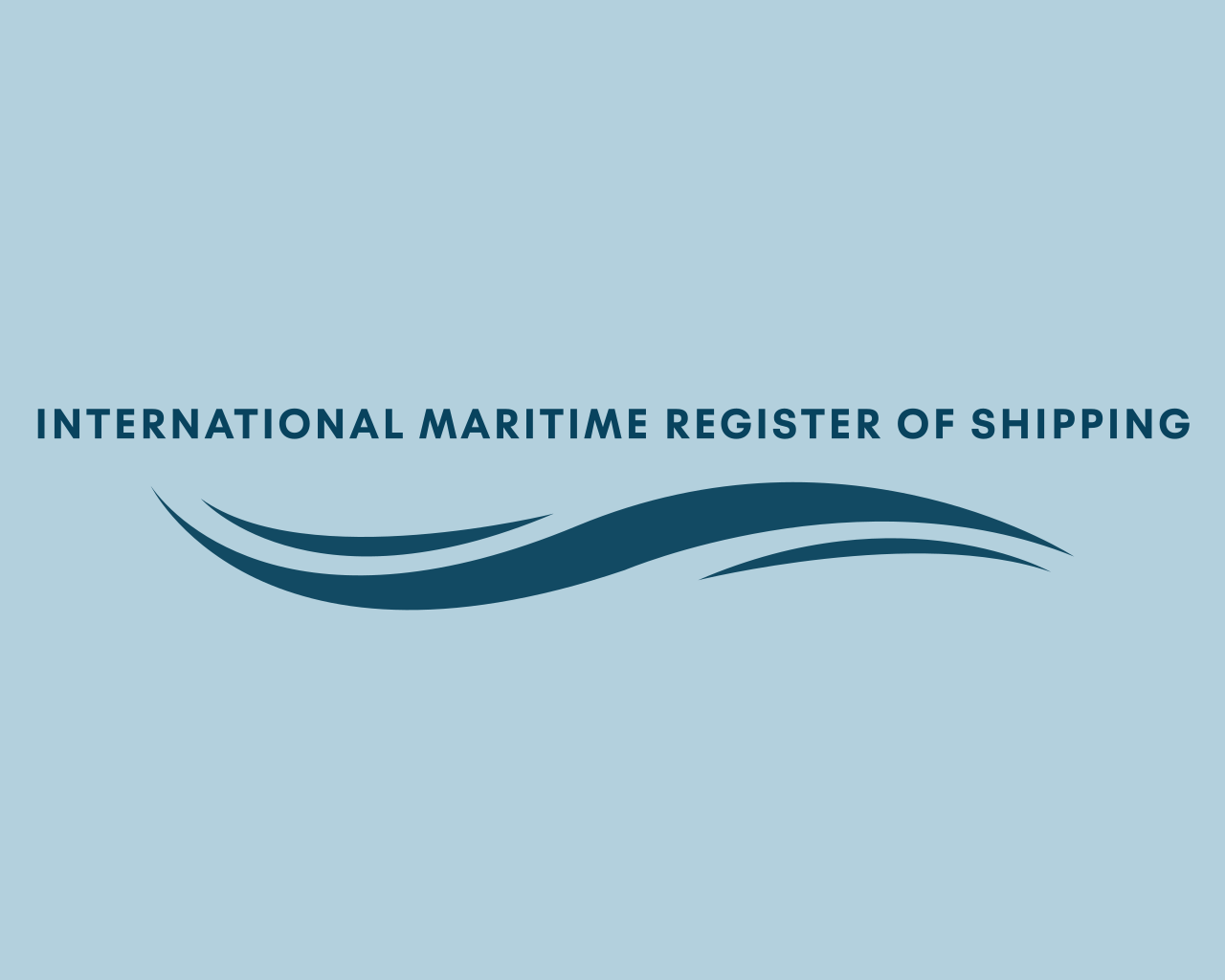International Ship and Port Facility Security (ISPS) Code
Statutory
Following the tragic events of 11th September 2001, the twenty-second session of the Assembly of the International Maritime Organization (the Organization), in November 2001, unanimously agreed to the development of new measures relating to the security of ships and of port facilities for adoption by a Conference of Contracting Governments to the International Convention for the Safety of Life at Sea, 1974 (known as the Diplomatic Conference on Maritime Security) in December 2002. Preparation for the Diplomatic Conference was entrusted to the Organizations Maritime Safety Committee (MSC) on the basis of submissions made by Member States, intergovernmental organizations and non-governmental organizations in consultative status with the Organization.
The objectives of this Code are:
- to establish an international framework involving co-operation between
Contracting Governments, Government agencies, local administrations and the shipping and port industries to detect security threats and take preventive measures against security incidents affecting ships or port facilities used in international trade; - to establish the respective roles and responsibilities of the Contracting
Governments, Government agencies, local administrations and the shipping and port industries, at the national and international level for ensuring maritime security; - to ensure the early and efficient collection and exchange of security-related information;
- to provide a methodology for security assessments so as to have in place plans and procedures to react to changing security levels; and
- to ensure confidence that adequate and proportionate maritime security measures are in place.
The code require operating companies to create:
- Ship security assessment
- Ship security plan
The code requires flag states to issue either directly or through recognized organizations “International Ship Security Certificate” stating compliance with ISPS code
Under the International Ship and Port Facility Security (ISPS) Code, several documents are required to be issued by ships and port facilities to demonstrate compliance with the code’s security requirements. These documents help ensure the effective implementation of security measures and provide a framework for addressing security risks and threats. The key documents issued under the ISPS Code include:
Ship Security Plan (SSP):
- The Ship Security Plan (SSP) is a comprehensive document developed to outline security procedures and measures to be implemented onboard the vessel. The SSP is tailored to the specific security risks and operational requirements of the ship and includes provisions for access control, security patrols, surveillance, communication, and response to security incidents.
Declaration of Security (DOS):
- The Declaration of Security (DOS) is a formal agreement between the ship and port facility or another ship with which it intends to conduct operations. The DOS specifies the security measures to be implemented by both parties during the duration of the operation, such as cargo transfer, crew change, or bunkering. It is often required for ships visiting ports in areas of heightened security or when conducting certain types of operations.
Port Facility Security Assessment (PFSA):
- The Port Facility Security Assessment (PFSA) is a systematic evaluation of security risks and vulnerabilities at a port facility conducted to identify potential security threats and weaknesses. The PFSA serves as the basis for developing the Port Facility Security Plan (PFSP) and implementing appropriate security measures to mitigate identified risks.
Port Facility Security Plan (PFSP):
- The Port Facility Security Plan (PFSP) is a comprehensive document developed by the port facility security officer (PFSO) that outlines security procedures and measures to be implemented at the facility. The PFSP is based on the findings of the Port Facility Security Assessment (PFSA) and includes provisions for access control, perimeter security, surveillance, response to security incidents, and coordination with ships and relevant authorities.
Ship Security Assessment (SSA):
- The Ship Security Assessment (SSA) is a systematic evaluation of security risks and vulnerabilities onboard a ship conducted to identify potential security threats and weaknesses. The SSA serves as the basis for developing the Ship Security Plan (SSP) and implementing appropriate security measures to enhance onboard security.
Continuous Synopsis Record (CSR):
- The Continuous Synopsis Record (CSR) is a document issued by the flag state and maintained onboard the ship that contains essential information related to the ship’s security, including details of the ship’s security measures, previous security incidents, security drills and exercises, and contact information for the ship’s security officer and relevant authorities.
These documents play a crucial role in ensuring the effective implementation of security measures and promoting cooperation between ships and port facilities to enhance maritime security and prevent security incidents and threats. By maintaining accurate records and adhering to ISPS Code requirements, ships and port facilities can contribute to the safety and security of the maritime transportation system.

